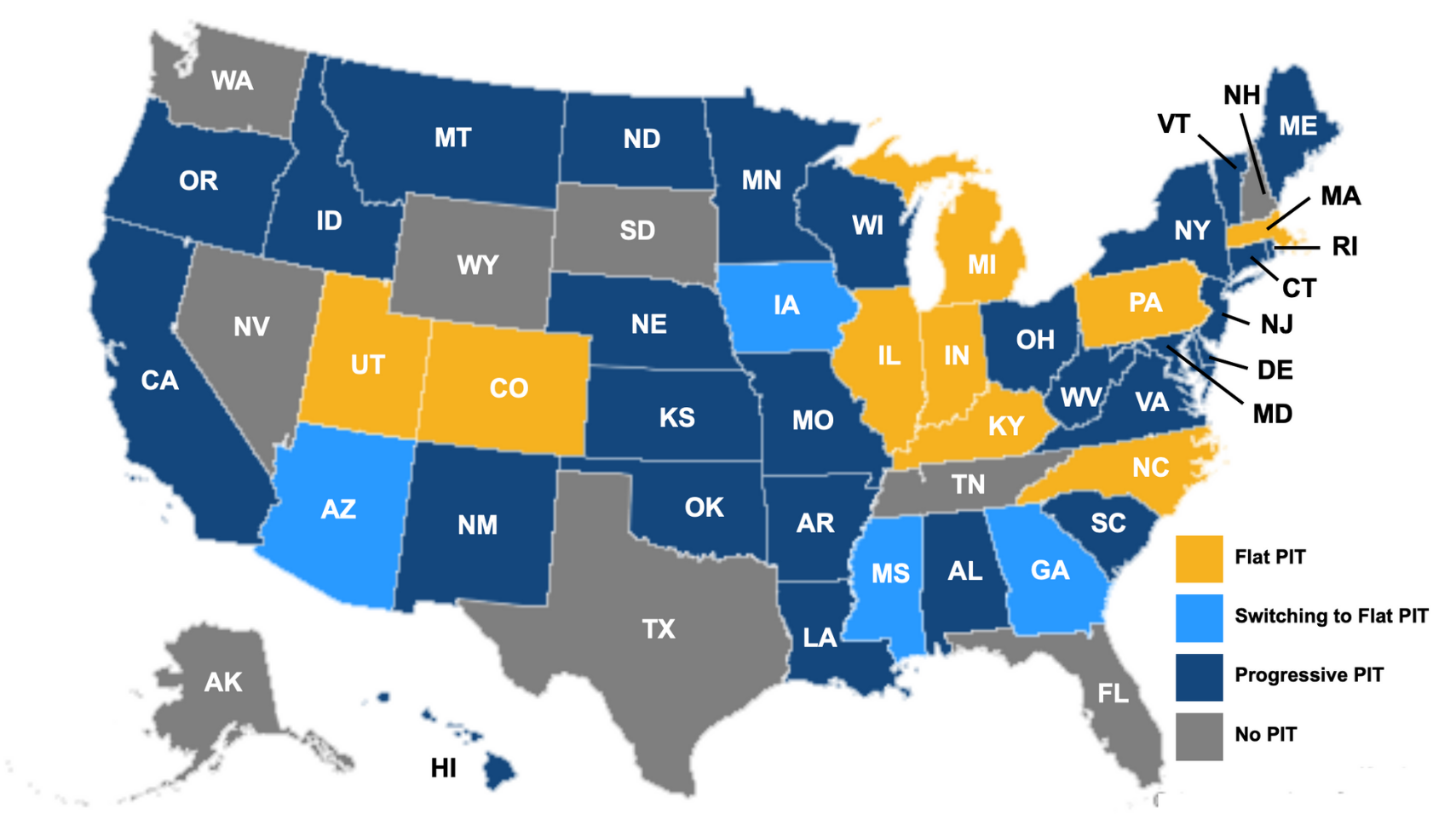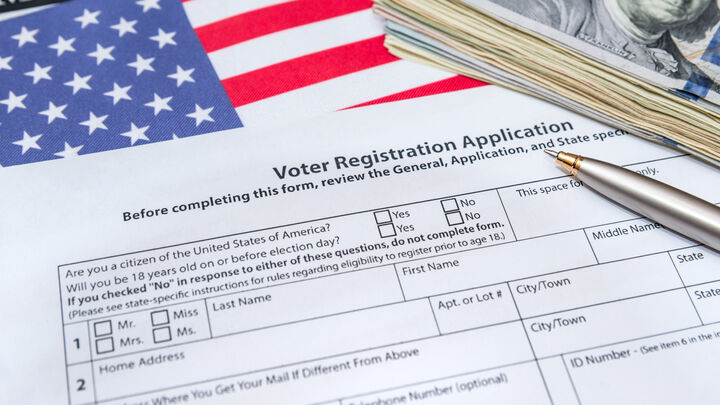The Problem: In 1990, Wisconsin created the nation’s first modern private school choice program. Since then 30 more states have followed our lead by giving parents the financial ability to send their child to the private school of their choice. More recently, ten states have decided to give parents an even greater say in their child’s education through the creation of Education Savings Accounts (ESAs). With an ESA program, the state puts educational funding into an account the parent controls, and parents then use these funds to purchase services from multiple education providers. For example, a parent might want their child to have a values-based education so they use their ESA account to pay tuition at St. Mary’s but in addition, they could pay to have their child learn a language not taught at this school like Mandarin or to add a series of science classes from a local college to their child’s curriculum.
The pandemic was hard on all students but no group of students suffered more than those with special needs. Many special needs students were denied the in-person special education services they needed when their public schools were closed. Now, these children may need special tutoring or therapies to get them back on track. Unfortunately, Wisconsin’s Special Needs Scholarship Program only covers tuition and fees. In contrast, a special needs parent with an ESA could purchase a wide variety of special education services their child needs and could customize their child’s education. In that sense, an ESA is school choice 2.0.
The Response: Wisconsin should convert its Special Needs Scholarship Program serving about 1425 students from a voucher for tuition into an Education Savings Account from which parents could buy a wide array of services and therapies. Parents would have at least $13,000 placed into their ESA each year. They could use the funds for tuition, textbooks, tutoring, testing, therapies, and learning devices. Any funds not used in one year would be carried over into the next thereby encouraging parents to be smart shoppers and to save money for the higher costs expected for their child’s education in high school or college. These online accounts would be restricted for use only on approved educational expenses.
Once the state has experience in successfully administering an ESA program for this special population of students, Wisconsin should convert its three existing voucher programs for general education students into an ESA as well.
Resources:
2021 School Choice Guidebook, American Federation for Children https://www.federationforchildren.org/wp-content/uploads/2021/10/Guidebook-2021-for-Download.pdf
Wisconsin Federation for Children
https://www.wifederationforchildren.org/
School Choice Wisconsin
https://schoolchoicewi.org/wisconsin-school-choice-programs/













